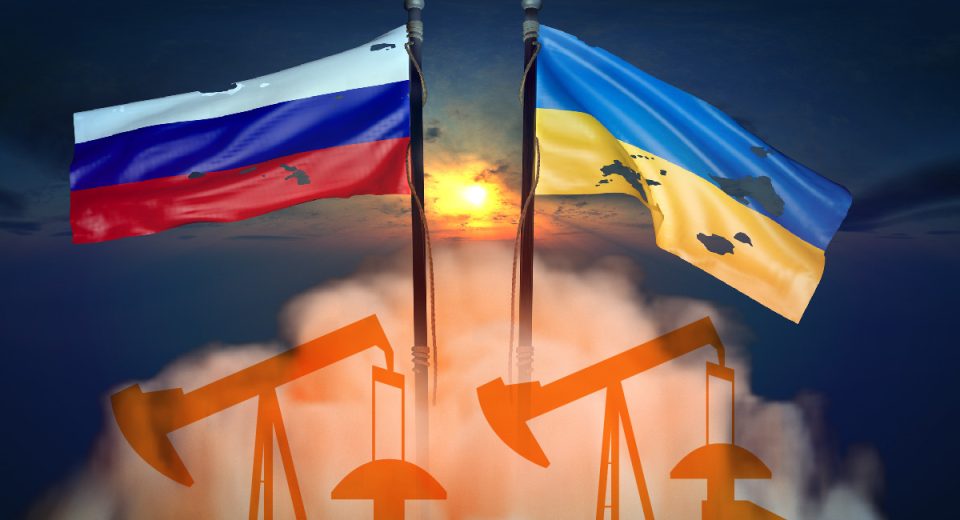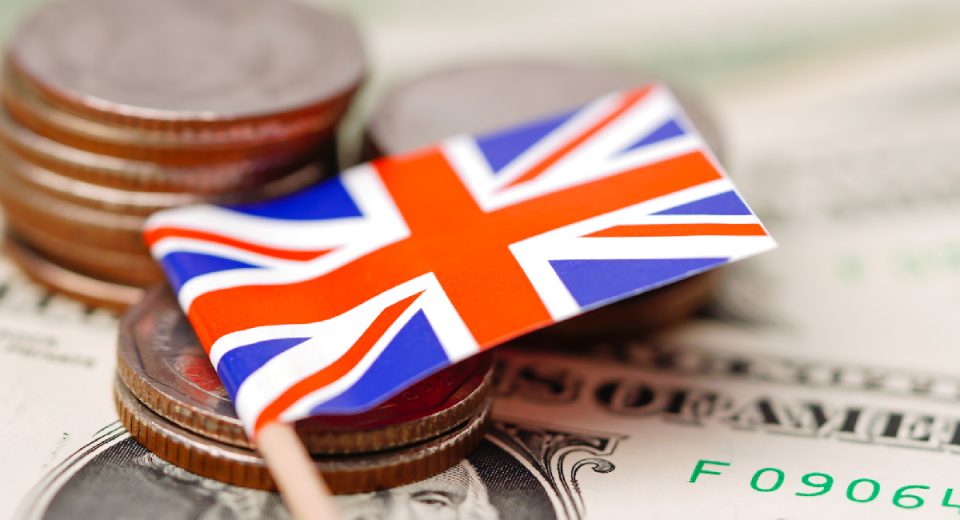Trading precious metals like gold and silver requires a good understanding of the factors that affect their prices. While supply and demand are primary factors influencing price moves for almost every asset class, economic indicators also play an important role in the direction of price movement for gold and silver. Here’s a look at what impacts gold and silver prices and the economic data releases to keep an eye on.
What Affects the Price of Gold and Silver?
Gold and silver are safe-haven investments, used as a hedge against inflation, and tend to be in high demand during times of economic uncertainty. As the demand for the precious metals increases, their price tends to rise unless there is an unexpected increase in supply. Similarly, if the supply of gold and silver increases, the price tends to decline unless demand escalates faster than the supply.
Nearly 60% of silver demand is due to its industrial applications in the electrical, photovoltaic, and medical segments, while only 7% of the total gold demand is for industrial purposes. This means that global economic growth tends to have a larger impact on silver prices. Investment demand for silver is 15% of the total demand while around 45% of total gold demand is for investment, including the demand from central banks.
Gold and silver prices also move due to changes in economic activities. Studies show that macroeconomic and financial variables, besides economic policy uncertainty, are key drivers of dynamic movements in the precious metals market. The US and Chinese economies also have a significant impact but in opposite directions. Other drivers of volatility in gold and silver prices include stock market moves and the trade balance of the G7 and BRICS countries.
The most influential drivers, apart from demand and supply, are the stock markets, money supply and the inflation rate.
Gold and Silver’s Correlation with the US Dollar
These precious metals are quoted in terms of the US dollar, which means that any data that affects the value of the greenback will have a significant impact on the prices of gold and silver. Both metals share an inverse relationship with the US dollar since a weaker USD makes these metals cheaper for other nations to purchase. This leads to an increase in the price of gold (XAU) and silver (XAG). Similarly, a strong US dollar can put downward pressure on gold and silver.
The prices of gold and silver are also related to each other and generally move in the same direction. Traders use the gold-silver ratio, which shows the number of silver ounces required to match the value of one ounce of gold, to make trading decisions. The most popular method of trading this ratio is to hedge a long position in one metal with a short position in the other.
The gold-silver ratio can be used to identify the right time to buy or sell a metal. And as long as the ratio moves in the anticipated direction, the trade tends to earn profits, regardless of whether the price of gold and silver is rising or declining.
Economic Data Releases to Watch Out For
Mining Output Related Data
This includes data related to the mining output of regions and countries that produce gold and silver. China, Australia, Russia and Canada are the largest producers of gold in the world, as of 2022. Any changes in the output levels of these countries and the overall supply are bound to affect the price. Similarly, Mexico, China and Peru are the three biggest producers of silver. Watch out for mining output data releases to know about changes in the supply of these precious metals.
Industrial Output/US Manufacturing PMI
The change in industrial demand can significantly impact silver price and to a lesser extent, gold price. Keep an eye on industrial output data for the medical industry, battery, superconductor and microcircuit industries, and have clarity about the future demand for the two precious metals. Also, China is the biggest consumer of these precious metals, which means any change in demand from China will affect prices.
Monetary Policy Announcements
Interest rate changes have a significant impact on the value of the US dollar and other currencies, which in turn leads to changes in precious metal prices, especially that of gold. High interest rates reduce the demand for precious metals and have a calming effect on the volatility of the precious metals market.
GDP Data
GDP is a vital indicator of a nation’s economy. A growing GDP indicates that the economy is doing well while a shrinking GDP indicates trouble. An increasing GDP also indicates strong employment, increased consumer spending on luxury goods and fine jewellery made of gold and silver, and a possible increase in the prices of precious metals.
Central Banks’ Gold Reserves
Data regarding the purchase and sale of gold by central banks is also important. Gold purchases by central banks establish a floor for gold prices. The United States continues to be the largest holder of gold reserves, while countries like Russia and China have been buying gold to boost their reserves. Whenever this occurs, gold price rises.
Money Supply
While the general belief is that an increased money supply fuels inflation and since gold and silver are used for hedging, the demand for the metals rises with an increase in inflation, leading to higher prices. However, the gold and silver price dynamics depend on broader economic growth, which means gold prices may rise only when there is substantial growth in money supply flowing into the consumer goods markets, rather than the asset markets.
Inflation Data, PPI and CPI
Traders stay abreast of PPI and CPI announcements to know more about inflation rates. Gold and silver are bought as a hedge against inflation. The Producer Price Index measures the average change in the price of a basket of representative goods sold by manufacturers and producers in the wholesale market. This index has a stronger relationship with gold than the CPI because of its sensitivity to the business cycle.
Jobless Claims or Unemployment Data
The monthly unemployment data provides valuable insights into the strength of the labour market and the economy. A high unemployment rate is indicative of a slowdown in the economy and may result in the weakening of the US dollar. This, in turn, impacts gold and silver prices.
Apart from economic releases that indicate the overall health of an economy and the demand and supply of precious metals, the performance of the stocks, bonds and real estate markets can also impact prices.
To Sum Up
- Gold and silver prices are primarily driven by demand and supply.
- The two metals have widespread industrial applications, which drives demand.
- Gold and silver are also bought for hedging against inflation.
- Macroeconomic scenarios, especially the economic situation in the US and China, have a significant impact on the prices of precious metals.
- Both gold and silver share an inverse relationship with the US dollar, which means economic data that affects the value of the USD should also be considered.
- The gold-silver ratio can help traders make entry and exit decisions.
- Important economic releases like, such as mining output data and industrial output to get an idea about the supply should be considered.
- Other economic data, such as the GDP, inflation levels, interest rates, Central Bank reserves, unemployment data, and policy announcements related to money supply and monetary policy can guide the future price movement for the precious metals.
Disclaimer:
All data, information, and materials are published and provided “as is” solely for informational purposes only and are not intended nor should be considered, in any way, as investment advice, recommendations, and/or suggestions for performing any actions with financial instruments. The information and opinions presented do not take into account any particular individual’s investment objectives, financial situation, or needs, and hence do not constitute as advice or a recommendation with respect to any investment product. All investors should seek advice from certified financial advisors based on their unique situation before making any investment decisions in accordance to their personal risk appetite. Blackwell Global endeavours to ensure that the information provided is complete and correct but make no representation as to the actuality, accuracy or completeness of the information. Information, data, and opinions may change without notice and Blackwell Global is not obliged to update on the changes. The opinions and views expressed are solely those of the authors and analysts and do not necessarily represent that of Blackwell Global or its management, shareholders, and affiliates. Any projections or views of the market provided may not prove to be accurate. Past performance is not necessarily an indicative of future performance. Blackwell Global assumes no liability for any loss arising directly or indirectly from use of or reliance on such information herein contained. Reproduction of this information, in whole or in part, is not permitted.




